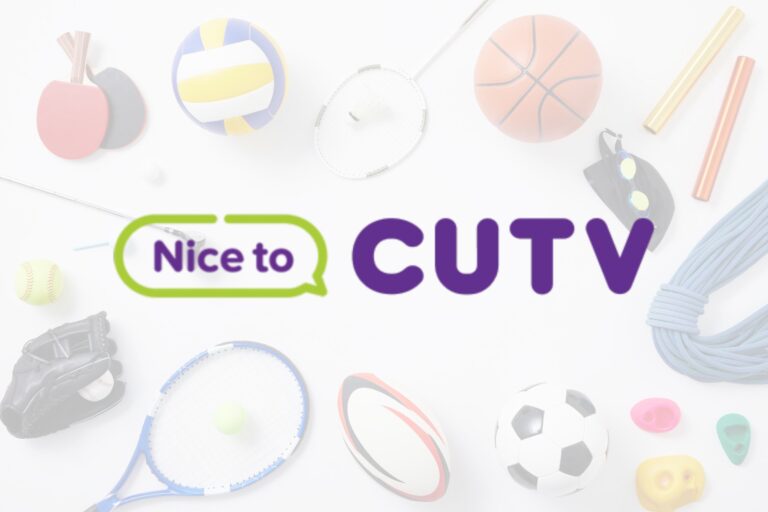
Have you ever thought about starting your own catering business? It can be a very rewarding and profitable venture, and it doesn’t have to be as difficult as you might think. Here are a few tips to get you started on the right track.
1. First, you need to determine what kind of catering business you want to start. Do you want to cater small events like birthday parties and office luncheons, or larger events like weddings and corporate functions? Once you know what type of catering you want to do, you can start to narrow down your options for starting a catering business.
2. Next, you need to think about what kind of food you want to serve. Do you have a specialty dish that you make better than anyone else? Are you passionate about healthy eating and want to cater healthy meals? Or do you just want to offer a variety of standard catering fare? Once you know what kind of food you want to serve, you can start to look for recipes and menu ideas.
3. Now it’s time to start thinking about the logistics of starting a catering business. Do you have a commercial kitchen that you can use? If not, do you know where you can rent or lease a kitchen? Do you have any restaurant experience? If not, it might be a good idea to get some experience working in a restaurant kitchen before starting your own catering business.
4. Once you have all of the logistical details worked out, it’s time to start marketing your catering business. You need to let potential customers know that you exist and that you’re ready to cater their next event. You can do this by creating a website, handing out business cards, and even advertising in local publications.
5. Finally, it’s important to always be professional when running a catering business. This means being punctual, organized, and providing high-quality food and service. If you can do all of these things, then you’ll be well on your way to success as a caterer.
Equipment for Catering Business
Whether you’re a catering business just starting up or one that’s been in operation for years, having the right equipment is essential to success. From serving utensils and dinnerware to cooking equipment and smallwares, there are many things to consider when outfitting your catering business. Below is a list of essential catering equipment that every business should have.
Serving Utensils and Dinnerware
One of the first things you’ll need to consider when starting a catering business is what type of serving utensils and dinnerware you’ll need. Will you be providing plated meals or buffet-style service? If you’re planning on offering plated meals, then you’ll need to invest in high-quality dinnerware, flatware, and glassware. If buffet service is more your style, then you’ll need to make sure you have plenty of serving utensils on hand, as well as chafing dishes and Sterno to keep food warm.
Cooking Equipment
No catering business is complete without the right cooking equipment. If you’re planning on doing any type of cooking on site, then you’ll need to make sure you have the proper cooking equipment, including stovetops, ovens, grills, and more. If you don’t have the space or budget for on-site cooking, then investing in quality food warmers and transport containers is a must.
Smallwares
In addition to the larger pieces of catering equipment, don’t forget about the smallwares! These are the items that will help you prep, cook, serve, and clean up after your event. Some essential smallwares for catering businesses include knives, cutting boards, mixing bowls, storage containers, and more.
When it comes to outfitting your catering business with the right equipment, there are many things to consider. But with this essential list of items, you’ll be well on your way to success!
Marketing Plan for Catering Business
A marketing plan is a written strategy for selling the products or services of a new business. It is a reflection of the company’s vision and values. The plan sets out the company’s overall marketing goals and objectives, and identifies the target market, key marketing strategies, and positioning.
The first step in creating a marketing plan is to do your research. This includes understanding your target market, your competition, and your unique selling proposition. Once you have this information, you can start to develop your goals and objectives.
Your target market is the group of people who are most likely to buy your products or services. To identify your target market, think about who your ideal customer is. Consider their age, gender, location, and interests. Once you have defined your target market, you can start to think about how to reach them.
Your competition is any other business that sells products or services similar to yours. To understand your competition, research their marketing strategies. What are they doing that works? What could they do better? How can you differentiate yourself from them?
Your unique selling proposition is what makes your business different from all the others in your industry. It’s what sets you apart and makes you the only choice for your target market. To develop your unique selling proposition, think about what makes your products or services better than your competition’s. What do you offer that they don’t?
Once you have done your research, you can start to develop your goals and objectives. These should be specific, measurable, attainable, relevant, and time-bound. In other words, they should be SMART goals. For example, a goal for a catering business might be to increase sales by 10% within six months.
Once you have developed your goals and objectives, you can start to think about key marketing strategies. These are the activities that you will undertake to achieve your goals. They should be aligned with your overall business strategy. Some common marketing strategies include advertising, public relations, events, and promotions.
Finally, you need to think about positioning. This is how you want customers to perceive your business in relation to your competition. Positioning is all about creating a unique and differentiated identity for your business in the minds of customers.
Now that you understand the basics of marketing planning, it’s time to get started on creating your own plan. Use the template below to get started.






